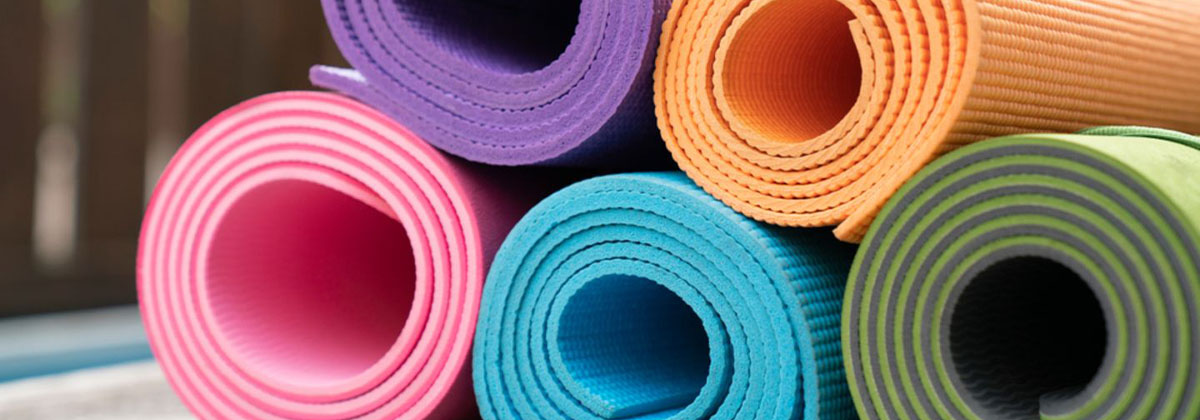02 Dec Golden Tips for Washing Yoga Mats (Part 1)
It doesn’t matter how often you use a yoga mat; it will get dirty and sweaty after a while and probably stink. These conditions aren’t pleasant for yoga. No one likes to smell bad while exercising. Skin oils, sweat and dirt, can penetrate the mat’s surface and cause it to deteriorate. These elements can also make it difficult to practice yoga. By washing your yoga mats regularly and following your daily routine, you can extend its life and continue practicing with a clean, non-slip one. There are solutions to eliminate bad smells; we should add that the standard size and different yoga mats have various washing methods; because they have other qualities. So stay tuned to learn more.
Washing different types of yoga mats
With the growth of yoga, aerobics and Pilates, and the use of versatile tools and accessories such as yoga mats, it isn’t surprising that when you’re practicing, your body sweat combines with many contaminated and microbial substances on this product. In this case, this combination won’t only damage your skin but may itself transmit many dangerous diseases or viruses. Different sports mats have washing instructions when buying. If your product doesn’t have complete instructions and instructions, join us to explain how to take care of different types of this product.
Washing PVC yoga mat
These types of known in the market as artificial and non-degradable mats. PVC sports mats are cheap. These mats have closed cells, so they don’t naturally absorb sweat or dirt; However, the surface may be slightly contaminated. A PVC yoga mat is considered the most resistant product to cleaning. They’re also designed to last longer. You can clean them with a combination of water and vinegar. Of course, since PVC is usually highly resistant, you can easily use household cleaners such as soaps; But never use strong disinfectants such as bleach.
Washing PU yoga mats
Yoga mats with PU or polyurethane have a smooth and dense surface. Its intracellular structures are open. So they absorb sweat or dirt quickly. To wash these products, it’s better to use a mild soap and plenty of water. The mat should be soaked in a soap solution with a damp cloth or soft sponge and dried in the open air. This method is the best technique for washing PU mats.
Washing TPE yoga mats
Washing these products is easy. They don’t contain any harmful chemicals or latex and are environmentally friendly. To clean them, use cleansing sprays and a damp cloth; keep this in mind, never put TPE mats in the washing machine and bathtub or use strong detergents. If they aren’t filthy, a damp cloth with a cleaning agent is the best option.
Washing a yoga mat
Notice when to clean your yoga mat.
You should wash your yoga mat thoroughly every two months; If you exercise more, you need to wash it once a week. It prolongs your mat life and creates odours, and prevents transmitting bacteria to you.
If you practice yoga every day, you should wash your mat once a month, especially in hot weather. The wetter your yoga mat and the worse it smells, the more it needs to be cleaned. If your mat breaks during exercise and sticks to your clothes, consider buying a new one.
Put your yoga mat in the bathtub and let it soak.
Soaking prevents dirt, dust, body secretions and odours from accumulating.
- Anti-allergy cleansers are the best choice for yoga mats.
- Excessive use of detergents can ruin your yoga mat too quickly. Detergents make it slippery and make your workouts difficult.
- Avoid using too much detergent in hot water; you need to use soap to clean your yoga mat.
- For every 3.6 litres of lukewarm water, mix one tablespoon (15 ml) of detergent or soap.
- You can use some vinegar to wash your yoga mat. But vinegar can leave a lasting, unpleasant odour on the mat surface, making it less fun for you to practice. Depending on the material of your yoga mat, vinegar can also damage the mat.




Sorry, the comment form is closed at this time.